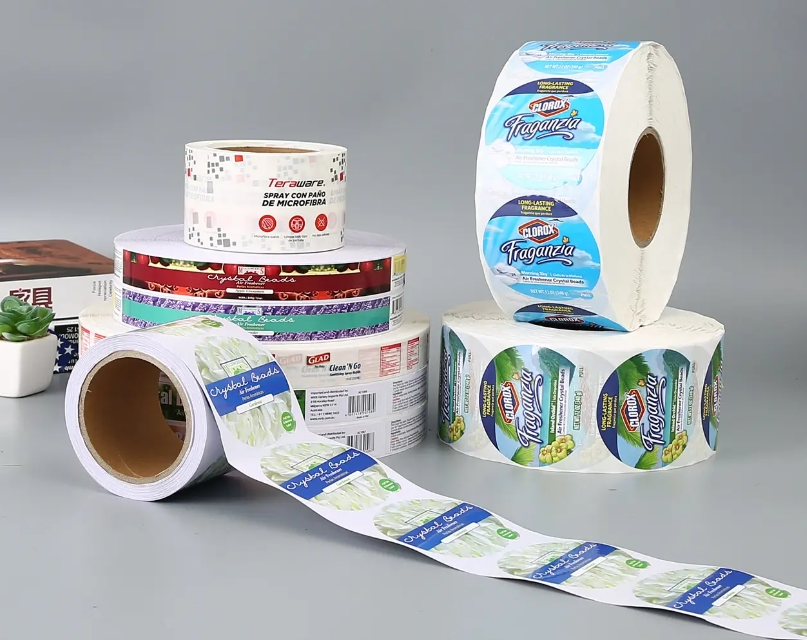The choice between using an inkjet printer or a laser printer for printing stickers depends on your specific needs and the characteristics of the stickers you want to create. Both types of printers have their advantages and considerations. Here are some factors to consider when deciding between an inkjet and a laser printer for stickers:

**1. Print Quality:
- Inkjet: Generally, inkjet printers are known for producing high-quality, vibrant, and detailed prints. They are well-suited for applications where color accuracy and image detail are crucial.
- Laser: Laser printers are known for sharp text and graphics, making them suitable for printing clear and crisp designs. However, they may not provide the same level of color vibrancy as inkjet printers.
**2. Color Accuracy:
- Inkjet: If color accuracy is a top priority, especially for designs with intricate color details, an inkjet printer may be a better choice.
- Laser: Laser printers can handle color printing but might be more suitable for designs where color precision is not as critical.
**3. Cost per Print:
- Inkjet: Inkjet printers often have a higher cost per page compared to laser printers. The cost of ink cartridges can add up, especially if you're printing a large number of stickers.
- Laser: Laser printers are generally more cost-effective on a per-page basis. Toner cartridges tend to have a higher page yield than ink cartridges.
**4. Speed:
- Inkjet: Inkjet printers are known for their slower printing speeds, especially for high-quality color prints. If you're printing a large batch of stickers, it may take more time with an inkjet printer.
- Laser: Laser printers are generally faster than inkjet printers. If you need to print a large number of stickers quickly, a laser printer might be a more efficient choice.
**5. Durability of Prints:
- Inkjet: Prints from inkjet printers may be more susceptible to water damage or fading over time. If stickers will be exposed to environmental elements, consider using waterproof or UV-resistant ink.
- Laser: Laser prints are often more resistant to water and environmental factors, making them a good choice for stickers that need to withstand various conditions.
**6. Paper Compatibility:
- Inkjet: Inkjet printers are versatile and can handle a variety of paper types, including glossy and matte finishes.
- Laser: Laser printers work well with standard paper but may not be as compatible with certain specialty papers. However, some laser printers are designed to handle specific sticker paper types.
**7. Printer Cost:
- Inkjet: Inkjet printers are generally more affordable upfront, making them accessible for home users and small businesses.
- Laser: Laser printers might have a higher initial cost, but they can be more cost-effective over time due to lower per-page printing costs.
Conclusion: Consider your specific requirements regarding print quality, color accuracy, cost, and durability when choosing between an inkjet and a laser printer for stickers. Both types of printers can produce high-quality stickers, but the best choice depends on your printing needs and budget constraints.
We offer comprehensive technical support, including free professional labeling solutions, advice on label materials and adhesive selection, as well as online/offline assistance from professional software and hardware engineers. Service email: andy@ownlikes.cn. In pre-sales, we leverage our extensive experience in specialty labeling projects to provide clients with the most suitable hardware solutions. Additionally, all our label barcode printers and scanners come with a three-year free warranty, demonstrating our confidence in our products.




